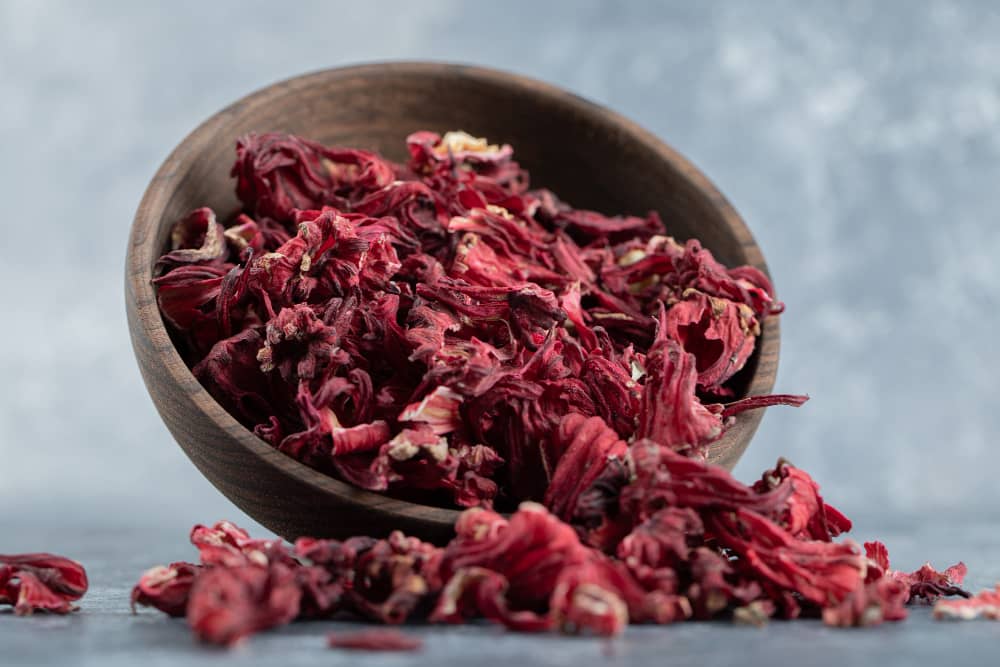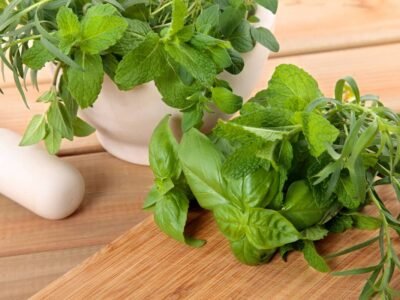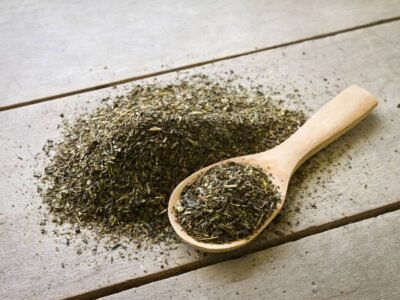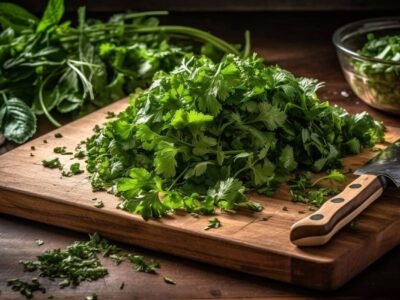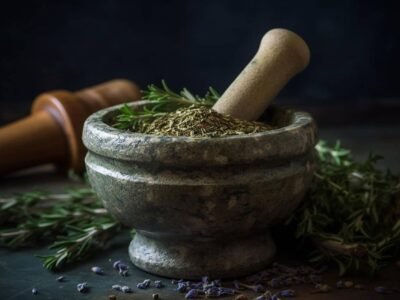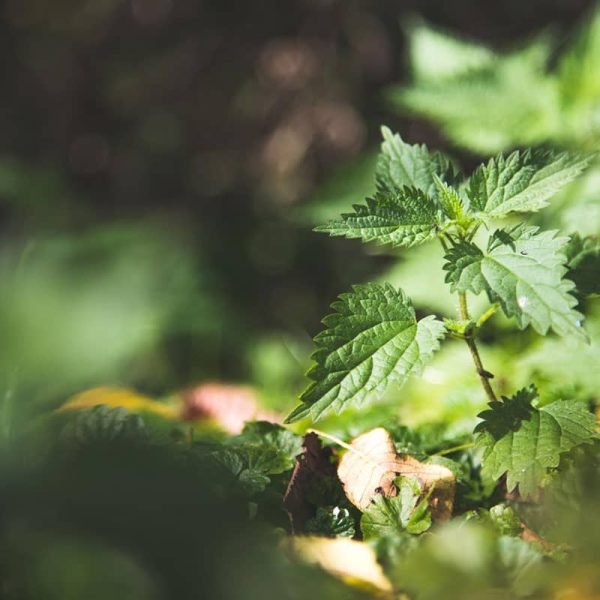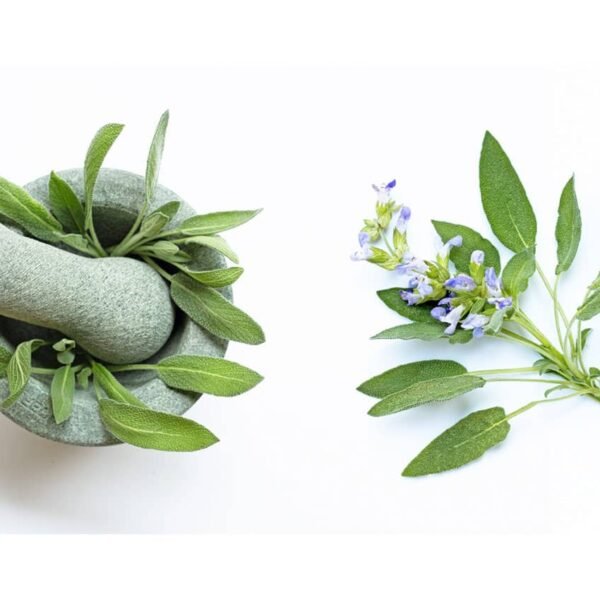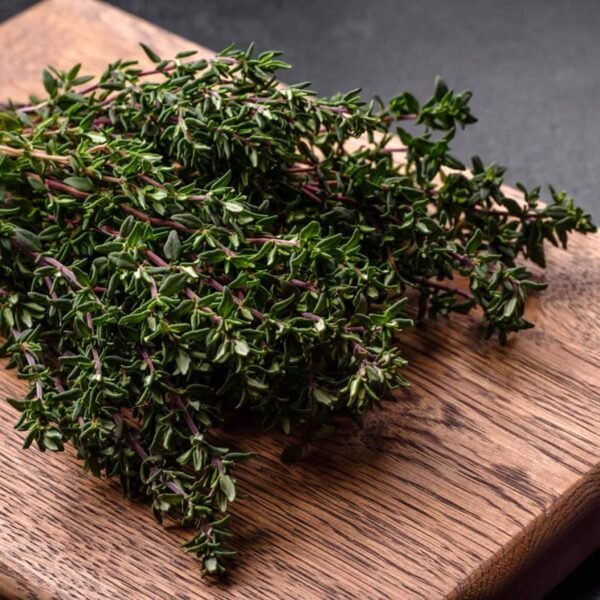Known for its stunning beauty and wide variety of colors, hibiscus is a versatile flower that has captured the hearts of garden enthusiasts and health fanatics alike. With its trumpet-shaped petals and eye-catching hues ranging from fiery red to soft pink, this tropical plant brings a burst of color to any landscape or arrangement. But there’s more to hibiscus than just its aesthetic appeal; it also boasts an array of remarkable health benefits.
One of the key advantages of hibiscus lies in its ability to promote cardiovascular well-being. Studies have shown that consuming hibiscus tea can lower blood pressure levels, thanks to its natural compounds known as anthocyanins. These potent antioxidants help dilate blood vessels, encouraging better circulation and reducing strain on the heart.

Overview of Hibiscus
Hibiscus, with its vibrant and show-stopping blooms, is a genus of flowering plants that has captivated gardeners and nature enthusiasts alike for centuries. Known for their striking colors and unique petal arrangements, hibiscus plants are not only visually appealing but also boast a rich history and an array of practical uses.
From traditional medicine to stunning additions in gardens around the world, this article provides an informative overview of hibiscus, delving into its origins, characteristics, various species, cultivation tips, and the diverse ways it can be utilized.
Whether you are a gardening enthusiast seeking to enhance your outdoor space or simply curious about this fascinating plant family, join us as we dive into the captivating world of hibiscus.
Health Benefits of Hibiscus
Hibiscus is a flowering plant that belongs to the Malvaceae family. It is native to tropical regions and is known for its vibrant and attractive flowers. In addition to its aesthetic appeal, hibiscus also offers numerous health benefits.
One of the most well-known health benefits of hibiscus is its ability to lower blood pressure. Studies have shown that consuming hibiscus tea can help reduce both systolic and diastolic blood pressure levels. This effect is believed to be due to the presence of natural compounds called anthocyanins, which have antioxidant properties and can promote blood vessel relaxation.
Another noteworthy health benefit of hibiscus is its potential role in managing weight and promoting healthy digestion. Hibiscus contains enzymes that aid in breaking down carbohydrates, thereby preventing their conversion into fat molecules. Furthermore, the high fiber content in hibiscus helps regulate bowel movements and prevents constipation.
Overall, incorporating hibiscus into your diet or consuming it as a herbal tea can provide various health benefits, including promoting heart health by lowering blood pressure levels and aiding weight management through improved digestion.
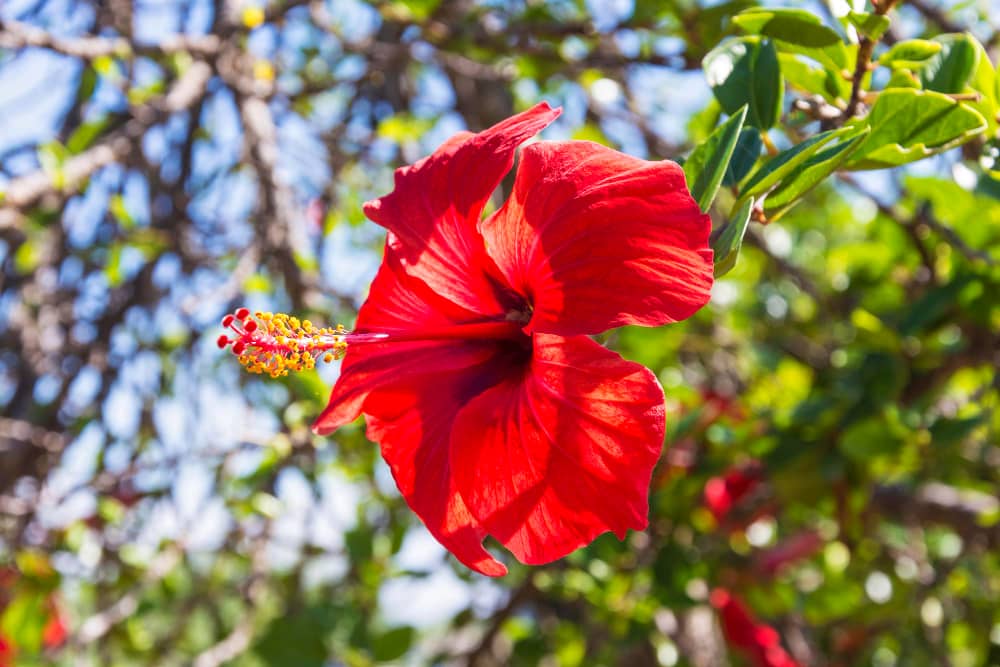
Different Types of Hibiscus
There are several different types of hibiscus plants, each with its own unique characteristics and blooms. One popular type is the tropical hibiscus (Hibiscus rosa-sinensis), which is known for its large, vibrant flowers in a wide range of colors such as red, pink, orange, yellow, and white. These hibiscus plants thrive in warm climates and can be grown both in containers and in the ground.
Another type of hibiscus is the hardy or perennial hibiscus (Hibiscus moscheutos). Unlike the tropical variety, these plants are more cold-tolerant and can survive in colder regions where temperatures drop below freezing.
Hardy hibiscus plants produce impressive dinner plate-sized flowers that come in shades of red, pink, white, or bicolor combinations. They also have attractive foliage that adds visual interest to gardens.
In addition to these common varieties, there are also other less commonly known types of hibiscus such as Hibiscus syriacus (Rose of Sharon) which is a deciduous shrub with bell-shaped flowers that bloom from summer to fall.
There’s also Hibiscus sabdariffa (Roselle), whose calyxes make herbal tea and refreshing beverages. Overall, exploring the different types of hibiscus allows gardeners to choose a variety that suits their climatic conditions and personal preferences while adding beauty and color to their outdoor spaces.
Growing and Caring for Hibiscus
Hibiscus is a versatile and vibrant flowering plant that is popular among gardeners worldwide. Known for its large, colorful blooms and lush green foliage, hibiscus adds a tropical touch to any landscape or garden. There are several different species of hibiscus, each with its own unique characteristics and care requirements.
When it comes to growing hibiscus, one of the most important factors to consider is the location. Hibiscus plants thrive in full sun conditions but can tolerate some shade as well. In terms of soil, hibiscus prefers well-draining soil that is slightly acidic. Regular watering is essential for the health and growth of hibiscus plants, especially during hot summer months.
Caring for hibiscus involves regular pruning to promote bushier growth and increased flower production. Deadheading spent blooms also encourages continuous blooming throughout the season. Fertilizing with a balanced fertilizer every 4-6 weeks helps provide the nutrients necessary for vigorous growth and vibrant blooms.
Additionally, keeping an eye out for common pests such as aphids or whiteflies and promptly addressing any issues ensures optimal plant health. With proper care and attention, hibiscus plants can flourish year after year, providing a stunning display of color in any garden or landscape setting.

Uses of Hibiscus in Cooking
Hibiscus is a flowering plant native to tropical and subtropical regions around the world. It is known for its beautiful, vibrant flowers that come in a variety of colors such as red, pink, yellow, and white. In addition to its aesthetic appeal, hibiscus also offers numerous health benefits and has been used in traditional medicine for centuries.
One of the most popular uses of hibiscus in cooking is to make tea. Hibiscus tea is made by steeping the dried petals or calyces of the hibiscus flower in hot water. This herbal infusion is tart and tangy, often compared to cranberry juice. It can be enjoyed both hot and cold and is commonly used as a refreshing beverage in many cultures worldwide.
In addition to tea, hibiscus can be used as an ingredient in various dishes and desserts. The petals can be dried or candied and added to salads, sauces, jams, jellies, cakes, pastries, and even cocktails.
Its unique flavor profile adds depth and complexity to both sweet and savory recipes. Furthermore, hibiscus has natural coloring properties, making it an excellent alternative to artificial food dyes when trying to achieve vibrant hues in dishes or drinks.
Interesting Facts About Hibiscus
Hibiscus, a beautiful flowering plant native to tropical regions, is known for its vibrant and eye-catching blossoms. However, there is more to this plant than meets the eye. Here are some interesting facts about hibiscus:
1. Medicinal Uses: Hibiscus has been used for centuries in traditional medicine across various cultures. It is believed to have numerous health benefits, such as reducing high blood pressure and cholesterol levels, aiding in weight loss, and even improving liver health.
2. Culinary Delights: The petals of certain hibiscus species are edible and can be used in cooking. They add a unique flavor and color to dishes, making them popular ingredients in salads, jams, teas, cocktails, and even desserts like jellies or ice creams.
3. Symbolic Meanings: In many cultures around the world, hibiscus holds symbolic meanings. For example, in Hawaii it represents hospitality and friendship; in South Korea it symbolizes immortality; while in Malaysia it signifies young love.
Hibiscus not only adds beauty to gardens but also offers various medicinal uses as well as culinary possibilities. Its captivating presence throughout different cultures demonstrates its significance beyond its visual appeal.

